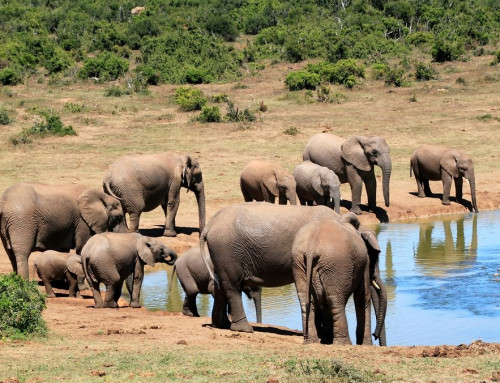
Floods in OZ. Image by Time.
ZIMSEC O Level Geography Notes: Weather Hazards: Floods.
- Some parts of Zimbabwe especially low lying areas like Muzarabani. The Tokwe-Mukosi area near Masvingo experienced severe floods in the 2014/15 rain season leaving a lot of homes destroyed and people homeless, destruction of livestock and crops.
- Large parts of Mozambique and Eastern areas of Zimbabwe are also often affected by floods due to frequent torrential rains in summer. These areas are usually bear the worst brunt of violent cyclones which originate from the East coast of Madagascar for example Cyclone Eline in 2000. In addition to flooding, these cyclones are often accompanied by violent winds. Worsening the damage they cause.
- Major parts of Cape Town are also affected by floods on an almost annual basis. In late December 2014 large parts of Cape Town were hit by floods with roads, houses, bridges, buildings and other infrastructure destroyed.
Causes of floods
Floods can be caused by a number of reasons:
- Unusually high rainfall over short periods of time. For example in the Tokwe-Mukosi case the whole country and the area in particular received incessant rainfall for days on end with barely any breaks in the downpour.
- Deforestation which increases the amount of surface runoff.
- Silt and sand deposition which reduces river depth and width.
- Increased water flow resulting from many tributaries.
- Low lying areas especially along coastal areas where Tsunamis and tidal wave flooding can occur.
- Melting of ice especially exacerbated by global warming.
- Stream-bank cultivation resulting in increased surface runoff and siltation especially in Urban areas.
- Continuous creations of concrete pavements as in cities like Harare greatly increases the amount of surface runoff.
Mitigation of the effects of floods
- Widening and deepening of river channels using earth moving machinery so that they can hold more water.
- Straightening the river course so as to reduce friction and thus accelerating river flow.
- Building wider bridges with higher arches to prevent bridges from becoming de facto weirs during the summer months.
- Planting trees/vegetation along valley sides to encourage seepage and reduce surface runoff.
- Building embankments along side rivers to restrict water to the river channel.
- Diverting river courses away from human settlements.
- Building dams across rivers to hold excess water. This is the usual preferred method as it solves two problems at once i.e. the water can be used in the dry months for domestic and agricultural uses as well as Hydroelectric generation. For example the building of the Kariba and Cahora Bassa blessed the flooding downstream and provide employment in the form the fish industries, produce Hydro-Electricity and water for agriculture activities.
- Use early warning flood systems so that people can be quickly evacuated.
- Discourage settlements of low lying flood prone areas.
- Provide relief and rescue to affected victims.
Go to the Geography Notes page to access more topics.




